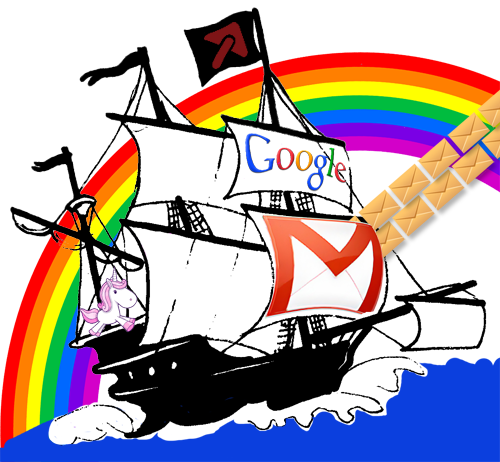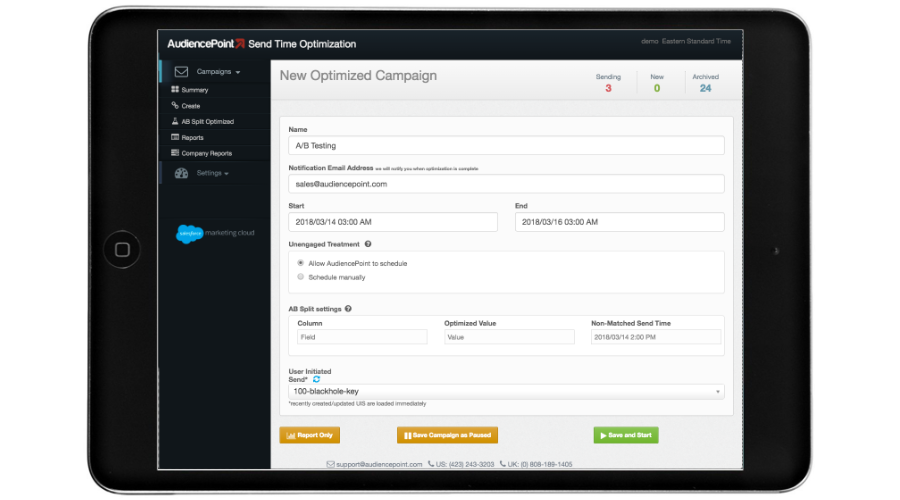AudiencePoint is thrilled to announce our new integration with Klaviyo! AudiencePoint is looking for partners to pilot our...
The Furby, Tickle me Elmo and Tamagotchis, each year has a fad toy at Christmas time. As far back as I can remember there was the one hot toy, that was only hot because everyone was talking about it.
In Email Marketing, the same phenomenon exists where a topic engages the collective intelligence of the email “glitterati” and it becomes the key discussion point for the next year.
This year, the discussion is Send Frequency. This technology looks at the number of emails that a given subscriber is sent and adjusts the frequency to maximize engagement. If you mail too much, do subscribers fatigue and stop engaging. If you aren’t emailing a subscriber enough, are do they lose interest? On both counts, the Industry research suggests, “Yes” the frequency by which you email a subscriber can reduce or stop their engagement with your emails..
If the disease is inactivity adjusting your frequency cadence is only addressing the symptoms. A subscriber engaging with other brands has the pedigree for similar engagement with your brand, adjusting the frequency likely will not address the underlying problem of why they do not open your emails.
Engagement data is critical to setting the cadence and frequency of a given email program. A non-scientific survey of email marketers showed that only 20% of email marketers keep the same frequency for both their engaged and unengaged audience. The other 80% of email send more emails to the engaged audience suggesting an industry best practice that is already being followed.
AudiencePoint views send frequency through a subscriber engagement lens. Only First party, brand-level engagement creates an echo-chamber for the frequency algorithms reinforcing the sending patterns that your brand has engaged in. For this reason, the frequency discussion should be expanded to include engagement (open and click) data from a global data pool.
The additional engagement data creates actionable layers of frequency.
For example, a subscriber is sent an email every day but only opens one of seven emails in a week. Was the subscriber emailed too much or too little? Should the daily cadence be adjusted to a weekly cadence? Before adjusting frequency the following objections need to be addressed.
- A cadence was agreed to at signup (Daily, Weekly, Monthly)
Whatever you agreed to with them at signup is what you need to honor. A preference center sent in every email that includes. What programs that the subscriber would like to receive, the frequency and if they would like out. - Open emails from other brands, not yours.
If they are opening emails from other brands, then your content is not engaging enough to them. Adjusting frequency will not help you. - Send email at the incorrect time
The deluge of email in a subscriber’s inbox is one of the most common reasons that emails are not seen. Use AudiencePoint’s Send Time Optimization to send email at the best time for each subscriber. - Your content is irrelevant
If you are sending content that is out of date, or just plain irrelevant, subscribers will not engage it. Evaluate and update your content - Are you emailing too little or too much?
Frequency is important but should be a byproduct of subscriber engagement.
AudienceOptimizer, an engagement tool from AudiencePoint that leverages 2 Billion user profiles and the associated engagement to answer the aforementioned objections. Universal Subscriber Engagement or data leveraged from the AudiencePoint Global Data Pool provides subscriber-centric decisions. The application addresses frequency, deliverability and timing to address the underlying disease and not just the symptom of frequency.





